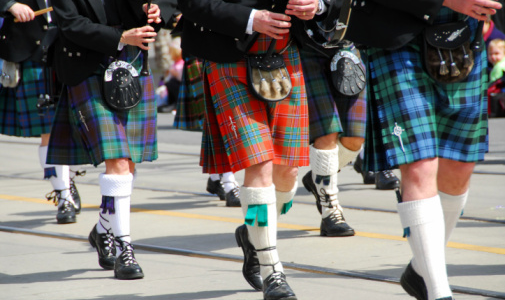Traditional Irish music is an essential aspect of Irish culture, which has a rich history and a unique identity. For centuries, this music has played a significant role in Irish society, serving as a means of storytelling, entertainment, and cultural expression. It has evolved over time, adapting to changing circumstances and influences, but its fundamental spirit and character remain constant.
Instruments Used in Traditional Irish Music
The instruments used in traditional Irish music are varied and unique, with each serving a particular purpose in creating the sound and feel of the music. Some of the most commonly used instruments include the fiddle, uilleann pipes, bodhrán, and tin whistle. The fiddle is a crucial instrument in Irish music, and it is played with a bow. The uilleann pipes are a type of bagpipe that produces a softer sound than the Scottish bagpipes. The bodhrán is an Irish drum that provides the rhythm, and the tin whistle is a small flute that is easy to carry and play.
Styles of Traditional Irish Music
There are several styles of traditional Irish music, with each style having its unique characteristics and sound. Jigs, reels, hornpipes, and ballads are some of the most popular styles of traditional Irish music. Jigs are fast-paced tunes played in 6/8 time, while reels are played in 4/4 time and are more upbeat. Hornpipes are slower than jigs and reels and are played in 4/4 time. Ballads are songs that tell a story and are usually sung in a slow and mournful style.
Famous Musicians of Traditional Irish Music
Several famous musicians have contributed to the popularity and evolution of traditional Irish music. The Chieftains, Planxty, and The Dubliners are some of the most famous and influential bands in traditional Irish music. The Chieftains, formed in 1962, have released over 40 albums and have collaborated with several musicians, including Van Morrison and Sting. Planxty was formed in the 1970s and brought a new energy to traditional Irish music with their innovative approach. The Dubliners, formed in the 1960s, are famous for their ballads and have influenced several contemporary Irish musicians.

Regional Variations in Traditional Irish Music
Traditional Irish music varies from region to region in Ireland, with each region having its unique style and sound. Connemara is famous for its sean-nós singing, which is a style of unaccompanied singing in Irish. Donegal is known for its fiddling style, which is characterized by fast-paced tunes played in a distinctive way. Each region in Ireland has its unique instruments and playing techniques, which add to the diversity of traditional Irish music.
Contemporary Irish Music
Traditional Irish music has influenced contemporary Irish music, which has become popular in recent years. Folk rock and Celtic music are two genres that have been influenced by traditional Irish music. Lúnasa and Altan are two contemporary Irish bands that have kept traditional Irish music alive, incorporating it into their music and introducing it to a new generation of music lovers. And Irish music fans can listen to their favorite artists and make bets at Irish bookmakers not on GamStop at the same time, getting double the fun of modern Irish music and betting on all the modern tournaments and competitions.
Global Recognition and Preservation of Traditional Irish Music
A number of music concerts and events are held all over the globe to celebrate and promote this distinctive type of music, and traditional Irish music has also grown in fame and respect. Irish traditional music, dance, and culture are featured at the yearly Fleadh Cheoil music event in Ireland. Young musicians have a great opportunity to display their ability at the event, which draws musicians and music fans from all over the globe. The rise in appeal of traditional Irish music has also prompted the establishment of organizations and music colleges that instruct and support this style of music, guaranteeing its survival and development for future generations.
Conclusion
In conclusion, traditional Irish music is a vital aspect of Irish culture, which has evolved over time while retaining its essence and character. It has contributed to the identity and pride of the Irish people and has influenced several genres of music worldwide. Its significance and popularity continue to grow, and it is essential to preserve and celebrate this rich cultural tradition. We encourage readers to explore and learn more about traditional Irish music and experience its beauty and soul.



